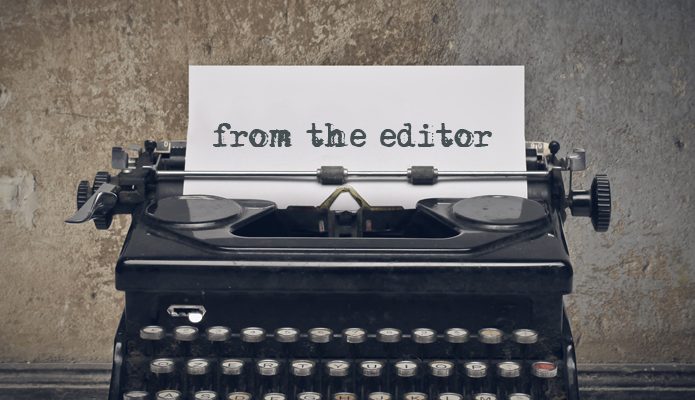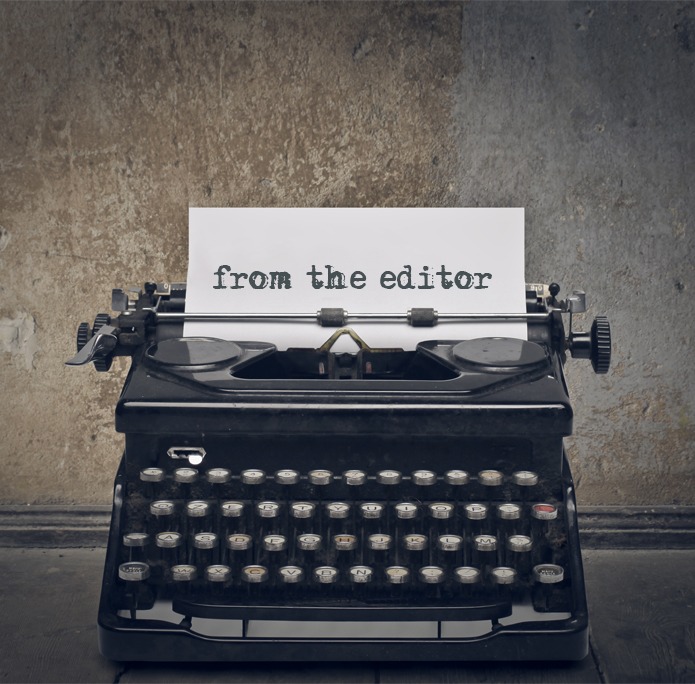While I have been formally introduced to the readership of Open Shelf since I began my stint as Deputy Editor, I recently realized I have yet to properly introduce myself (Hello, how are you?) and put a face and personality to the name you see in email responses from the Open Shelf email address.

Unpacking offence and harm
Our new editorial guidelines are now available to OLA members on the Open Shelf website. These guidelines have been approved by the OLA Board and are informed by appropriate legislation, professional ethics and key journalistic standards. Eight core principles are embedded in these guidelines:
- Accuracy
- Impartiality
- Editorial integrity and independence
- Offence and harm
- Fairness
- Privacy
- Transparency
- Accountability
Of these principles, “offence and harm” potentially may be problematic in that many of us may not fully understand either the legal definition and implications of this idea. We have defined this principle as follows:
Our goal is to reflect the diversity of opinion and experience of library staff and users in Ontario. We balance our mandate to publish original and challenging content, which reflects a breadth and depth of opinion, with our legal and professional responsibilities to avoid unjustifiable offence and harm to our contributors and readers.
But what do “offence and harm” mean in our context … as a professional community that publishes materials related to our work? I asked Prof. Rebecca Bromwich to unpack this concept for us. Rebecca is the program director for the Graduate Diploma in Conflict Resolution program at Carleton University and a per diem Crown Attorney with the Ministry of the Attorney General in Ottawa. She is a member of the Alternative Dispute Resolution Institute of Ontario and has a certificate from the Negotiation Master Class at Harvard University (2017). In 2018, Rebecca received a certificate in mediation from the Program on Negotiation at Harvard Law School.
How can we think about “offence and harm” in the context of publishing material that might prove at least uncomfortable if not offensive to some readers?
If we are doing our jobs right as academics, and as professionals, and if a publication for a professional library association is timely and relevant, this will involve making claims, and providing innovative discussions about topics of public interest. In doing so, we will unsettle assumptions, and make people uncomfortable in some ways, probably giving offence to some. The real task we need to engage in when we talk about hate speech is a balancing of harm and public interest. Material that is factual, true, well-intentioned, or relevant to public debate, which might be subjectively offensive to certain readers because of their particular sensibilities should not be censored, suppressed, or banned, but material that is not in the public interest, and can be objectively shown to be likely to cause harm in the incitement of hatred, should not be published.
What are some things we can keep in mind when balancing the right to freedom of expression and intellectual freedom with protecting a community from hate speech?
Reasonable people can and do disagree about how to balance freedom of expression with hate speech and where to draw the line in protecting community members from hate speech. Canada’s law approaches these questions, for example, with a stronger protection against hate speech than the U.S.A. When determining how to balance free expression and hate speech protection, we do have to consider legal constraints, which framework in which we have to work. While s. 2(b) of the Charter of Rights and Freedoms protects free expression in Canada, laws that prohibit the incitement of hatred against identifiable persons or groups have been upheld as constitutional. Under the Criminal Code of Canada, ss. 318, 319 and 320 prohibit hate speech and people who are found to breach that prohibition can be incarcerated.
Human rights codes across Canada also protect against hate speech. A university operating in Canada cannot publish or distribute texts that constitute hate speech. A good discussion of what to consider is provided in, for example: Julian Walker, Canadian Anti‑hate Laws and Freedom of Expression, Publication no. 2010‑31, Parliamentary Information and Research Service, Library of Parliament, Ottawa, 27 March 2013.
How would you approach resolving conflict between these two values (and librarians are taught to support open access and freedom of expression)?
As a criminal lawyer, the first place I would look for guidance about hate speech would be the criminal law, even though some things can be hate speech and not fall within the criminal definition. Defences available under the criminal law are illustrative of the limits of hate speech conceptually, more specifically the defences available under s. 319. Sometimes, offensive, and even potentially harmful, content, does not constitute hate speech. Defences set out in s. 319(3) are as follows:
- the communicated statements are true;
- an opinion or argument was expressed in good faith and either concerned a religious subject or was based on a belief in a religious text;
- the statements were relevant to a subject of public interest and were on reasonable grounds believed to be true; and
- the statements were meant to point out matters that produce feelings of hatred toward an identifiable group and were made in good faith for the purpose of their removal.
It is not difficult to imagine many instances (in academic and professional work) where an argument is made, in good faith or for the purpose of discussion, with a view to actually reducing hatred. It is also not difficult to imagine contentious and politically unpopular arguments that are defensible because they are true.
We encourage Open Shelf readers to take a look at the guidelines and provide feedback via the comments/discussion option below. The more we engage with these ideas, the more we will strengthen our capacity to make appropriate editorial choices for our community.
Martha Attridge Bufton
Editor-in-Chief, Open Shelf
